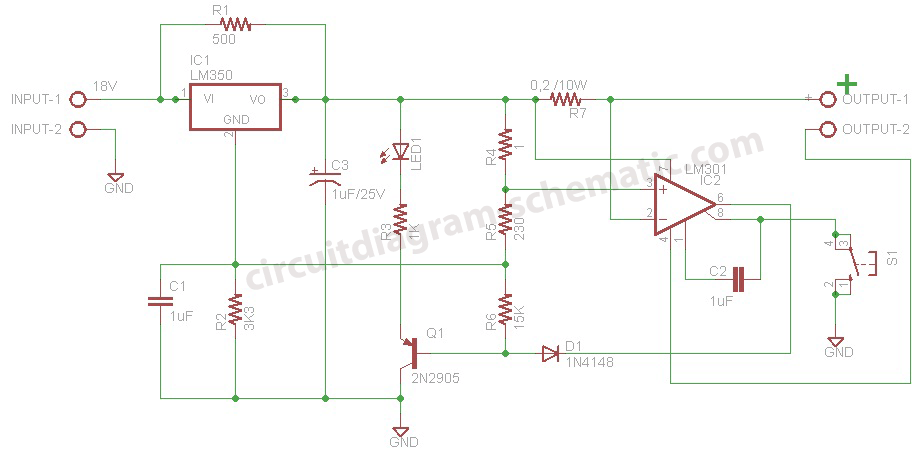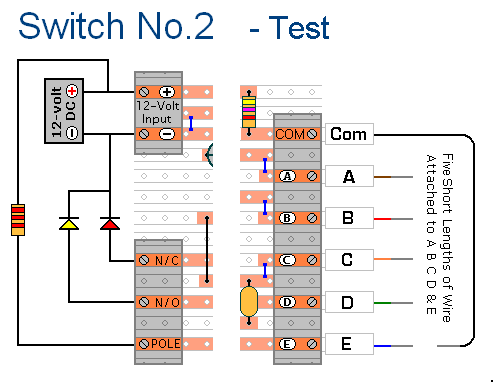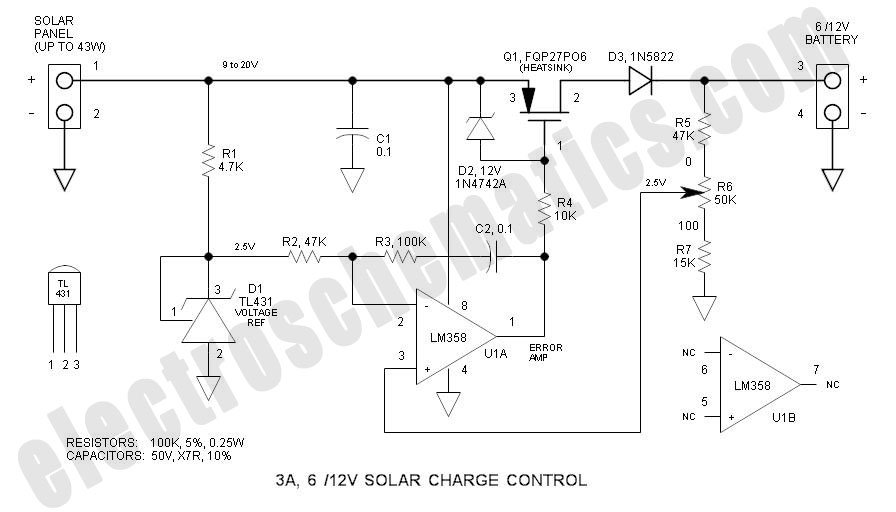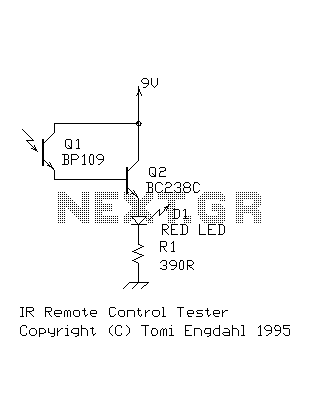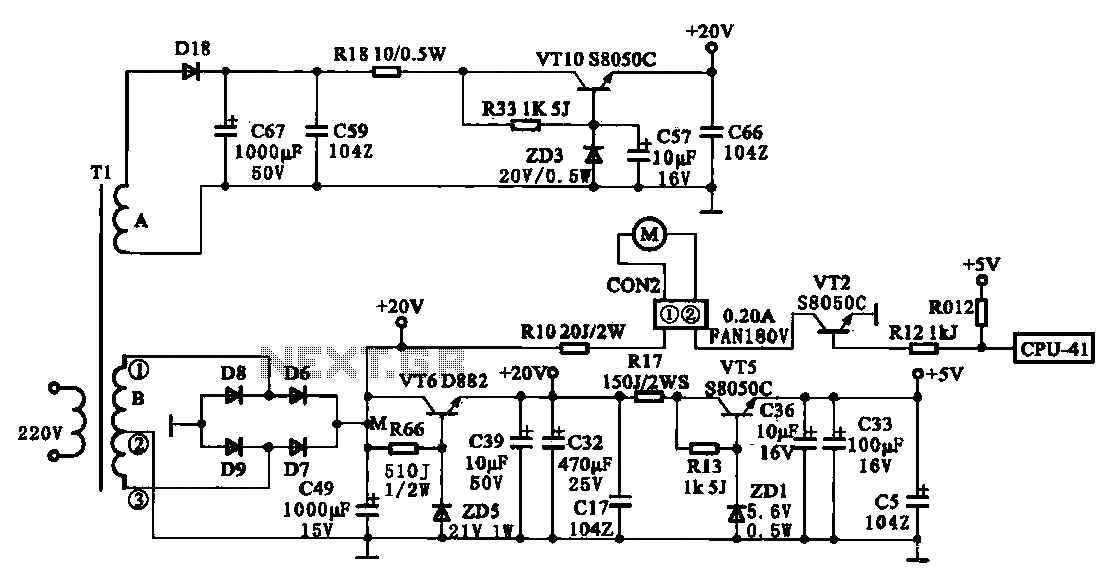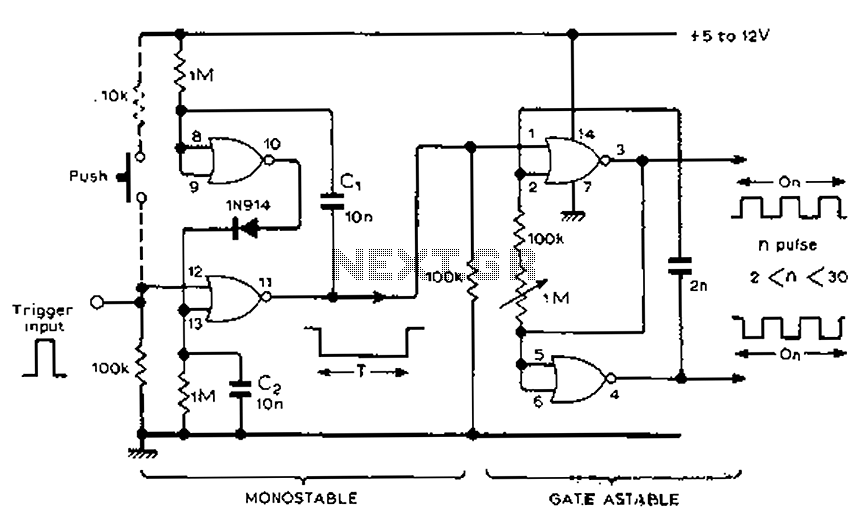
Solar Tracking Circuit
This is a solar tracking circuit designed to harness power from sunlight. The circuit operates optimally by maximizing sunlight exposure to generate electricity.
The solar tracking circuit utilizes a combination of photovoltaic (PV) cells, sensors, and a microcontroller to adjust the orientation of solar panels in real-time, ensuring they are always positioned to capture the maximum amount of sunlight. The key components of the circuit include light-dependent resistors (LDRs) that detect the intensity of sunlight on different sides of the panel. These sensors provide feedback to the microcontroller, which processes the data and actuates motors to tilt or rotate the solar panels accordingly.
The circuit typically features a dual-axis tracking mechanism, allowing the solar panels to move both horizontally and vertically. This is achieved through the use of servo motors or stepper motors, which are controlled by the microcontroller based on the input from the LDRs. The design also incorporates a power management system that regulates the output voltage and current generated by the solar panels, ensuring it is suitable for charging batteries or powering electronic devices.
In addition to the core components, the circuit may include protection features such as diodes to prevent reverse current flow, capacitors for smoothing the output, and voltage regulators to maintain stable output levels. The overall efficiency of the solar tracking circuit is significantly enhanced compared to fixed solar panels, as it maximizes energy capture throughout the day, adapting to the sun's trajectory.
This solar tracking circuit represents an effective solution for renewable energy generation, contributing to sustainable practices by optimizing the use of solar energy.Here is solar tracking circuit. This circuit is a power generating method from sunlight. This circuit need only maximum sunlight to generate power. This project. 🔗 External reference
The solar tracking circuit utilizes a combination of photovoltaic (PV) cells, sensors, and a microcontroller to adjust the orientation of solar panels in real-time, ensuring they are always positioned to capture the maximum amount of sunlight. The key components of the circuit include light-dependent resistors (LDRs) that detect the intensity of sunlight on different sides of the panel. These sensors provide feedback to the microcontroller, which processes the data and actuates motors to tilt or rotate the solar panels accordingly.
The circuit typically features a dual-axis tracking mechanism, allowing the solar panels to move both horizontally and vertically. This is achieved through the use of servo motors or stepper motors, which are controlled by the microcontroller based on the input from the LDRs. The design also incorporates a power management system that regulates the output voltage and current generated by the solar panels, ensuring it is suitable for charging batteries or powering electronic devices.
In addition to the core components, the circuit may include protection features such as diodes to prevent reverse current flow, capacitors for smoothing the output, and voltage regulators to maintain stable output levels. The overall efficiency of the solar tracking circuit is significantly enhanced compared to fixed solar panels, as it maximizes energy capture throughout the day, adapting to the sun's trajectory.
This solar tracking circuit represents an effective solution for renewable energy generation, contributing to sustainable practices by optimizing the use of solar energy.Here is solar tracking circuit. This circuit is a power generating method from sunlight. This circuit need only maximum sunlight to generate power. This project. 🔗 External reference
Warning: include(partials/cookie-banner.php): Failed to open stream: Permission denied in /var/www/html/nextgr/view-circuit.php on line 713
Warning: include(): Failed opening 'partials/cookie-banner.php' for inclusion (include_path='.:/usr/share/php') in /var/www/html/nextgr/view-circuit.php on line 713
